A rotating magnetic field is produced when three phase supply is fed to stator of an induction motor. The rotating magnetic field has constant magnitude and has a circular rotation.The speed at which rotating magnetic field rotates is known as a synchronous speed of the motor. The synchronous speed depends on the number of poles and frequency of the supply source of the motor and it is denoted by Ns. The synchronous speed (Ns) of the motor is expressed by the following mathematical expression.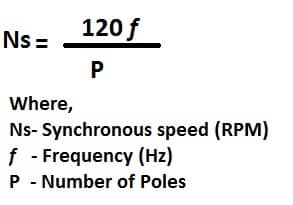
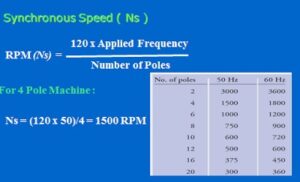
The lagging of the actual speed(N) of the motor with synchronous speed(Ns) is called the slip.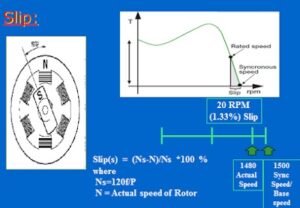
S = Ns – N
The actual speed of the motor is always less than the synchronous speed of the motor.
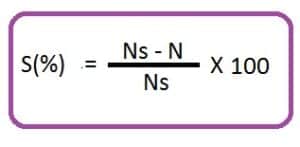

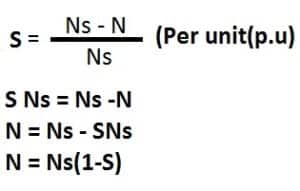

A 4 poles, 50 Hz induction motor rotor speed is 1480 RPM. What is the slip speed of the motor? The motor draws 500 kW from the supply source. What is the copper loss of the motor.
The synchronous speed of the 4 Poles,50 Hz induction motor is
Ns= 120 x 50/4 = 1500 RPM.
Actual speed (N) = 1480 RPM
Slip(S) = (Ns-N)/Ns x 100
S = (1500-1480)/1500 x 100
S = 20/1500 x 100
S = 1.33 %
Input Power = 500 kW
Copper loss = Slip x Input Power
Copper loss = 0.0133 x 500
Copper loss = 6.66 kW
Read More:
Slip- Torque characteristics of Induction Motor
At the beginning of this page, on the first para and second line, I found that the ‘rotating’ word is mentioned repeatedly. Hence suggested to remove one.
Thanks for your feedback. I removed the repeated word “rotating”.